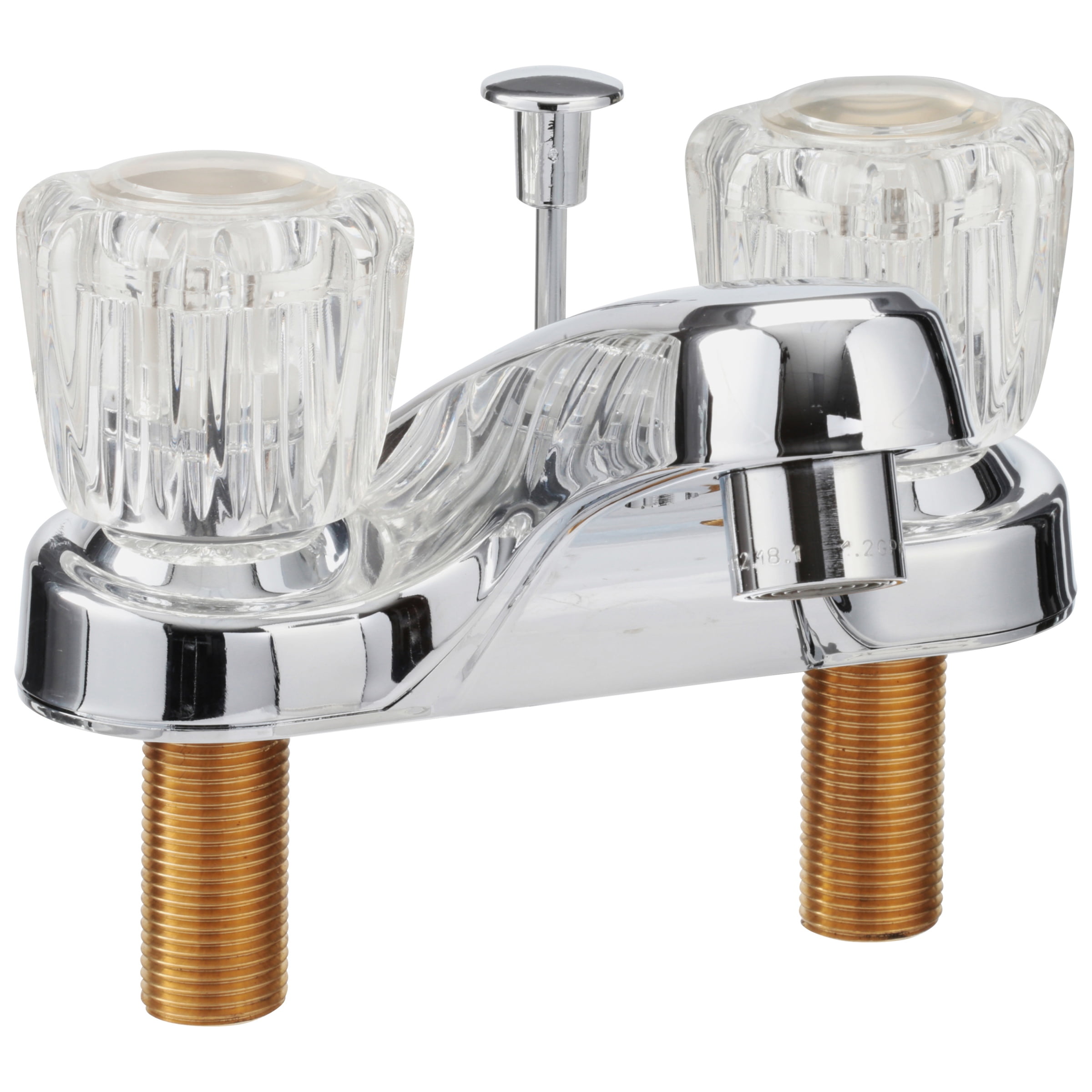Installation and Maintenance of Hot-is Bathroom Faucets: Hotis Home Bathroom Faucet

Installing a new bathroom faucet can seem daunting, but with the right tools and a little patience, it’s a manageable DIY project. This guide provides a step-by-step approach to installing a “hot-is” bathroom faucet, ensuring a smooth and successful installation.
Installing a Hot-is Bathroom Faucet
Installing a “hot-is” bathroom faucet involves replacing the existing faucet with a new one. The process involves disconnecting the old faucet, installing the new faucet, and connecting it to the water supply lines.
Tools and Materials
- Adjustable wrench
- Channel-lock pliers
- Phillips screwdriver
- Plumber’s tape
- New “hot-is” bathroom faucet
- New supply lines (if needed)
- Optional: Basin wrench (for hard-to-reach nuts)
Step-by-Step Installation Guide
- Turn off the water supply: Locate the shut-off valves for the hot and cold water lines to the sink and turn them off.
- Disconnect the old faucet: Unscrew the old faucet’s supply lines using an adjustable wrench. Use channel-lock pliers to loosen the mounting nut underneath the sink.
- Remove the old faucet: Once the supply lines and mounting nut are removed, the old faucet can be lifted out.
- Install the new faucet: Position the new faucet on the sink, ensuring it is aligned properly. Attach the new faucet’s mounting nut and tighten it securely using a wrench.
- Connect the supply lines: Wrap plumber’s tape around the threads of the new supply lines to ensure a tight seal. Connect the supply lines to the new faucet and tighten them using wrenches.
- Turn on the water supply: Slowly turn on the water supply valves and check for leaks. If there are any leaks, tighten the connections or replace any faulty washers or seals.
Maintaining a Hot-is Bathroom Faucet, Hotis home bathroom faucet
Proper maintenance ensures your faucet functions smoothly and lasts longer.
Troubleshooting Common Issues
- Leaking faucet: A leaking faucet is often caused by worn-out washers or O-rings. Replacing these components can resolve the leak.
- Low water pressure: Low water pressure can be caused by clogged aerator, a partially closed shut-off valve, or mineral buildup in the faucet’s internal components. Cleaning the aerator or the internal components can often restore water pressure.
- Faucet handle doesn’t move smoothly: This can be due to mineral buildup or worn-out internal components. Cleaning the faucet or replacing the components can resolve the issue.
Basic Maintenance Tips
- Clean the faucet regularly: Wipe down the faucet with a damp cloth to remove dirt and grime.
- Clean the aerator: Unscrew the aerator and soak it in vinegar to remove mineral buildup.
- Lubricate the faucet handle: Apply a small amount of silicone lubricant to the faucet handle to ensure smooth operation.
